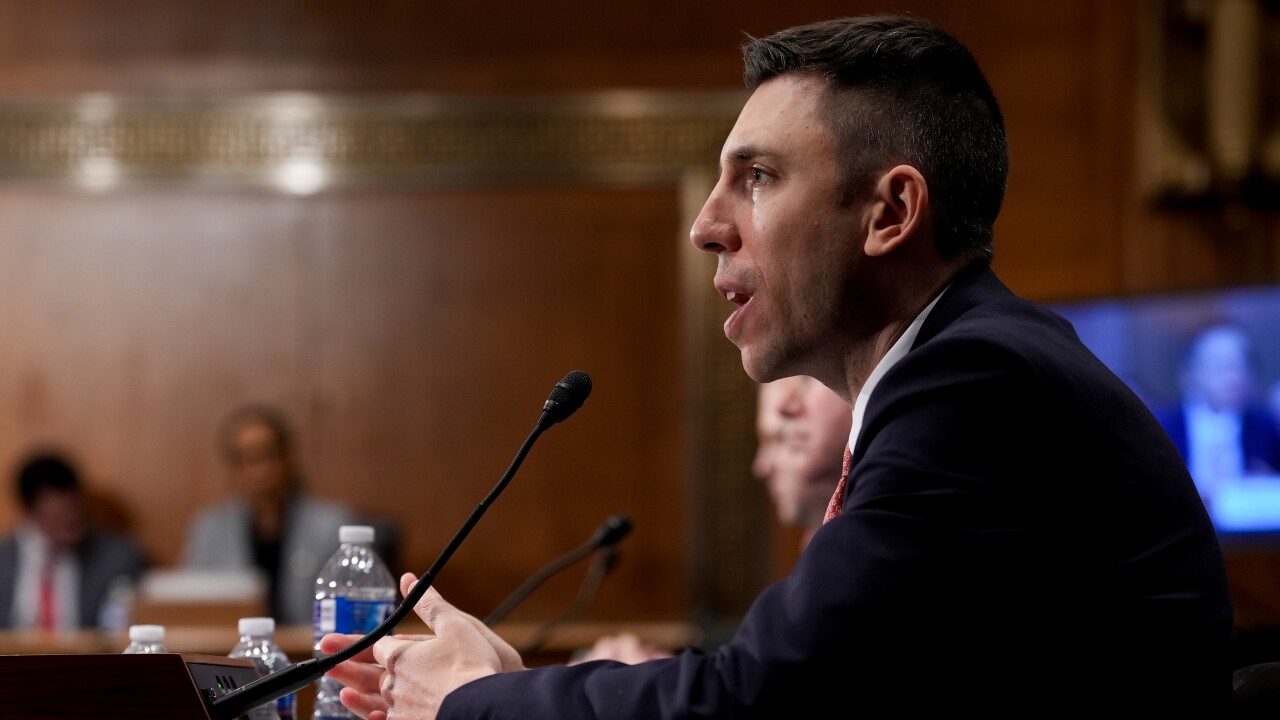The startling growth of private wealth in the last two decades is stimulating exponential growth in the private banking industry and competition to attract and retain relationship managers.
About 7.2 million high-net-worth people in the world hold $27 trillion of private wealth. Let us put this in perspective.
With the world population at just over six billion people and U.S. gross domestic product at more than $9 trillion, we can see that 0.11% of the global population controls assets the equivalent of three times our countrys annual GDP. As a consequence, demand for private banking services is expected to outstrip supply by 2005. A conservative estimate of the private banking fees generated from this wealth would be $110 billion per year. And building private banking revenues is considerably less capital-intensive than many other branches of financial services.
For example, UBS AG traditionally earns nearly half its profits from private banking but uses less than 5% of its capital to do so. It is only logical that most major institutions have invested huge resources in developing private-client groups, offering increasingly sophisticated products, and recruiting the best investment professionals they can find in the battle for assets.
Perhaps the most crucial soldier in this battle is the relationship manager. As each major private-client group offers more comprehensive investment products and as the trend toward open architecture allows limitless nonproprietary product choices, commoditization will advance.
In this context service becomes the major differentiator, typified by proactive, objective advice and solutions. Major institutions must, therefore, recruit and train relationship managers capable of offering such advice and arm them with the proper tools and authority. In a sense, the ability of these managers to perform is perhaps the most significant form of branding available.
There are myriad models for the relationship manager role and an array of support models for these important players. In this article we focus on the private banking model, in which the relationship manager both acquires assets and serves the relationship indefinitely. In this model, the relationship manager has four major roles.
The first and most apparent is acquiring assets. Here, the title million-dollar revenue producer has become the somewhat poorly defined benchmark for excellent sales performance. Client retention and relationship expansion through cross-selling are almost equally valued. In a sense, the relationship manager is the middleman in a relationship between client and institution. He or she acts as the clients advocate and tour guide through the often labyrinthine corridors linking various product silos. Simultaneously, he is the institutions ambassador and offers increasingly personalized services that in some cases extend to concierge duties and psychological support.
But most of all the relationship manager must take the initiative in offering advice on and solutions for all his clients wealth management needs. The cost of replacing relationship managers who have mastered these roles becomes prohibitively high.
We recently surveyed 25 private-client groups to assess their compensation models and estimate the cost of replacing a relationship manager. We concluded that the costs fall into three categories. Hiring costs typically comprise a signing bonus, a minimum guarantee to underwrite the ramp-up time, relocation, and recruiting. These costs range from $305,000 to $515,000 for an average to top producer.
A secondary and less obvious cost involves lost assets. In the private banking model, our survey concluded, 15% of assets under management will follow a departing relationship manager. In the brokerage model, however, as much as 90% of assets will be lost. Institutions in the survey estimated an additional loss of 5% of the remaining assets due to client dissatisfaction with the change and disruption.
As an example, an average relationship manager under the private banking model whose departure cost his firm a 20% loss from $100 million of assets under management would subtract $200,000 from annual revenues, assuming 100 basis points in fees.
The final and more insidious costs are a result of collateral damage, including harm to the network of intermediaries; disruption for asset managers; redistribution of assets, causing disruption to remaining relationship managers; and loss of additional relationship managers, if they sense an impending exodus.
Clearly, the loss of a well-performing relationship manager is a costly proposition. Lehman Brothers last year estimated the value of a top relationship manager at $4 million to the institution.
The issues in retaining relationship managers are often as subtle as the costs of losing them. The most obvious is compensation. About 66% of private bank revenues go to compensating employees (50% for salary and 16% for benefits). Generally, the top 10 private-client groups offer fairly competitive base pay; the variations generally revolve around the form of payout/bonus for new sales, cross-sales, and retention. Compensation per product type, the duration of trailers, and the degree of sales support are also significant issues.
Yet our survey found a surprising result. Relationship managers indicated that soft issues often were more significant in their decisions to change jobs than monetary concerns. They listed these top soft issues: valued by organization; kept informed of changes, particularly regarding consolidation; treated like client, that is, regarded and respected as the voice of client; bought in to products; access to nonproprietary products; minimal nonproduction tasks; back-office support; adequate high-quality specialists; and company payment of costs for continuing education.
As private banking continues in fast-forward, we can see the emergence of a new client-centric operating model. And in it the relationship manager becomes even more crucial to the success of both the model and the institution. So institutions must focus on both soft and hard retention tactics to keep their professionals on board.
Anthony Riotto is the chairman of Riotto-Jazzio & Co. Inc., an executive search firm in New York that specializes in wealth management; Allan Starkie is a consultant at the firm; and Kenton Thompson is the senior managing director of Key PrivateBank in Cleveland.





